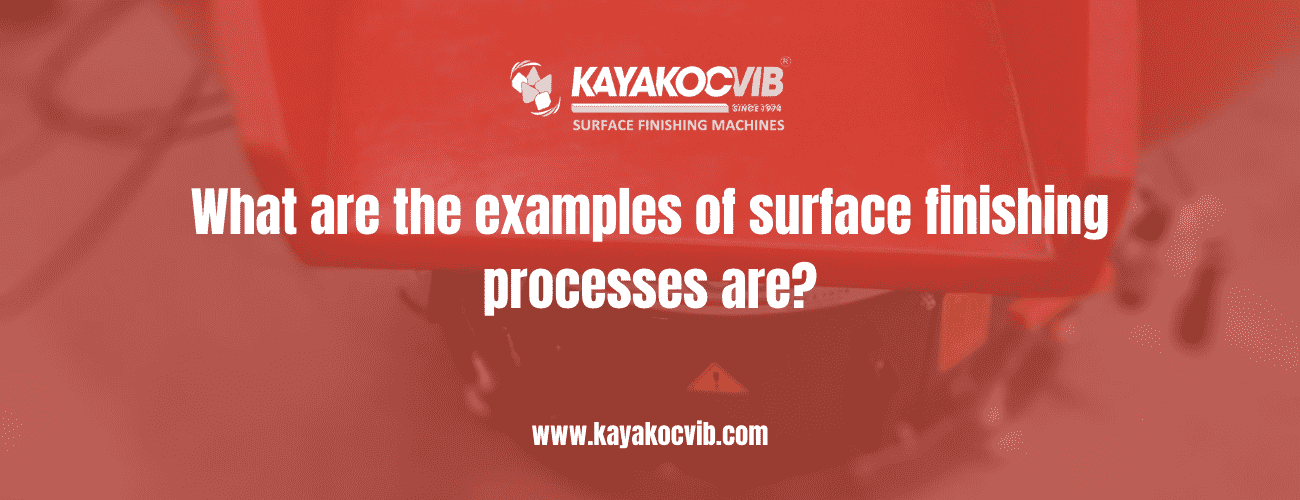
09 Nov What are the Examples of Surface Finishing Processes are?
What are the Examples of Surface Finishing Processes are? Surface finishing is the process of preparing a material’s surface to improve its appearance, function, or performance. It can involve a variety of techniques, from simple polishing to complex chemical treatments.
Surface finishing tools
The tools used for surface finishing vary depending on the specific process being used. Some common tools include:
- Polishing tools: These tools are used to smooth and shine a surface. They can be hand-held or machine-powered.
- Sanding tools: These tools are used to remove material from a surface. They can be hand-held or machine-powered.
- Grinding tools: These tools are used to remove material from a surface using abrasives. They can be hand-held or machine-powered.
- Buffing tools: These tools are used to polish a surface using abrasives. They can be hand-held or machine-powered.
- Chemical treatment tools: These tools are used to apply chemicals to a surface to improve its properties.
Types of surface finishes
There are many different types of surface finishes, each with its own advantages and disadvantages. Some common types of surface finishes include:
- Mechanical finishes: These finishes are created by physically manipulating the surface of a material. Examples of mechanical finishes include polishing, sanding, grinding, and buffing.
- Chemical finishes: These finishes are created by applying chemicals to the surface of a material. Examples of chemical finishes include anodizing, electroplating, and painting.
- Physical vapor deposition (PVD) finishes: These finishes are created by depositing a thin layer of material onto the surface of another material. Examples of PVD finishes include titanium nitride (TiN) coating and diamond-like carbon (DLC) coating.
- Chemical vapor deposition (CVD) finishes: These finishes are similar to PVD finishes, but the material is deposited from a gas phase rather than a solid phase. Examples of CVD finishes include silicon carbide (SiC) coating and tungsten carbide (WC) coating.
Surface treatment processes
Surface treatment processes are a type of surface finishing process that is used to improve the properties of a material’s surface. These processes can be used to improve a material’s corrosion resistance, wear resistance, or electrical conductivity.
Some common surface treatment processes include:
- Anodizing: This process creates a hard, durable oxide layer on the surface of a metal.
- Electroplating: This process deposits a thin layer of metal onto the surface of another metal.
- Painting: This process applies a coating of paint to the surface of a material.
- Laminating: This process bonds two or more materials together, creating a single, composite material.
- Heat treatment: This process alters the properties of a material’s surface by heating it to a specific temperature and then cooling it at a controlled rate.
Conclusion
Surface finishing is an important process that can improve the appearance, function, or performance of a material. There are many different types of surface finishing processes, each with its own advantages and disadvantages. The best type of surface finishing process for a particular application will depend on the specific requirements of the application.


No Comments